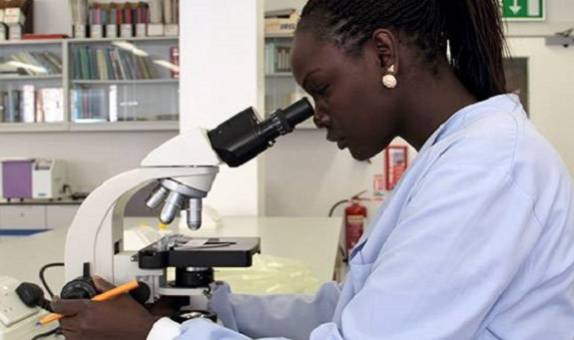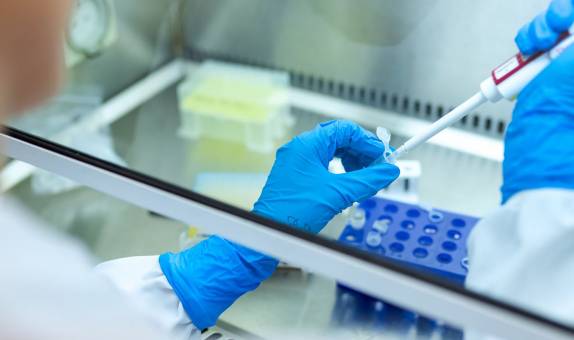Advancing technological and technical aspects in microscopy of materials
Research into the 3D imaging of detectors for radon gas led to a fruitful collaboration with Olympus, resulting in developments in the field of confocal microscopy.
Radon is a naturally occurring radioactive, odourless and tasteless gas. It is associated with around 1,100 lung cancer deaths each year in the UK. Typically, radon levels are measured in homes and offices using a small plastic device called a solid state nuclear track detector (SSNTD). Radon's process of natural decay creates flaws called tracks in the SSNTD. The tracks, after etching, can be microscopically examined to provide evidence of radon in the surroundings. However, etched tracks can coalesce or be at various angles that could be difficult to assess in detail from 2D microscopy.
To solve this issue, Professor David Wertheim and Professor Gavin Gillmore carried out research at Kingston University in collaboration with the National Physical Laboratory (NPL).
Their work led to the development of a new 3D imaging method for SSNTDs using high-resolution confocal microscopy, which can distinguish real tracks from false artefacts; the research also led to a collaboration with Olympus, a manufacturer of imaging devices, to extend the capabilities of their LEXT microscope series.
The researchers then combined their 3D-imaging technique with novel techniques for slide preparation, an essential step in microscopy. In a subsequent study, they imaged intact volcanic ash particles with the Olympus LEXT OLS4100 microscope. They found that these particles could appear sharp, highlighting the potential implications for their impact on respiratory health. The LEXT microscope was also used to evaluate the surface structure of a new type of ocular drug delivery system.
Collaboration with Queen Mary University of London:
Drawing on their experience with imaging volcanic ash particles, Professor Wertheim and Professor Gillmore applied techniques using the Olympus LEXT microscope in a collaborative project with Queen Mary University of London. The researchers refined and used their slide preparation and microscopy techniques to study diesel particulate matter. These techniques provided valuable insight into the potential adverse effects of particulate matter on human health.
The findings were presented to medical professionals and scientists from around the world at the American Thoracic Society and the European Respiratory Society 2020 Congress and published in high-profile peer-reviewed journals. The fruitful collaboration between Kingston University and Olympus is ongoing. In 2020, Kingston University became the first UK member of the Olympus LINKS community.
The technological advances enabled by Professor Wertheim and Professor Gillmore, as well as the advances in slide preparation, have helped to further the field of microscopy.
Contact us
- For non-student research enquiries, email the Research Office
- For research impact and REF enquiries, email the REF and Impact Team.
- Research contacts
- How to get to Kingston University















